
In today's world, we sometimes forget that during most of humankind's existence, the most critical material was stone-and that the most widely used type was flint (also called chert). Readily available, extraordinarily durable, and eminently workable, flint was the first mineral commodity to be systematically mined and traded. Vital to early human survival and development, it is truly our "rock of ages."
Although no longer of major economic or technological importance, flint still captures the attention of geologists, paleontologists, archaeologists, historians and lapidaries. The word "flint" also appears in the names of many topographical features, towns, and even a national monument. Two states honor flint as their official gemstone or rock.
FLINT OR CHERT?
The words "flint" and "chert" refer to the same fine-grained, chemical-sedimentary rock. Geologists favor "chert," while historians and paleontologists prefer "flint." Archaeologists consider chert as the raw material from which flint artifacts are made. Some writers use "flint" for nodules and "chert" for bedded occurrences. Others consider flint a dark variant of chert or a high-grade chert with finer grain and superior workability. This article uses both terms depending on geological or historical contexts.
Flint is an impure form of chalcedony, which consists of interlocked, microscopic crystals of quartz (silicon dioxide, SiO2). Because it is impure and varies in composition, flint is technically a rock. Its main impurities are mogánite (hydrous silicon dioxide) and related forms of hydrated silica.
PROPERTIES & OCCURRENCE
Esta historia es de la edición July 2024 de Rock&Gem Magazine.
Comience su prueba gratuita de Magzter GOLD de 7 días para acceder a miles de historias premium seleccionadas y a más de 9,000 revistas y periódicos.
Ya eres suscriptor ? Conectar
Esta historia es de la edición July 2024 de Rock&Gem Magazine.
Comience su prueba gratuita de Magzter GOLD de 7 días para acceder a miles de historias premium seleccionadas y a más de 9,000 revistas y periódicos.
Ya eres suscriptor? Conectar
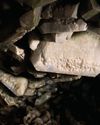
Rockhounding Ohio's Lake Erie Islands
A short ferry boat ride three miles from Ohio’s Lake Erie coastline is South Bass Island, better known as Put-in-Bay or the “Key West of the North.”
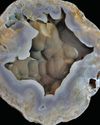
Iowa's Hidden Treasures
Exploring Keokuk Geodes: How They're Made & What's Inside
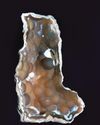
Agatized CORAL
Florida's Collectible State Stone

Rockhounding Florida's Beaches
Beachcombing serene stretches of Florida can reveal fascinating finds like fossilized shark teeth, sea glass, quartz, agate and even coral fragments.
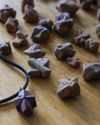
Collecting Staurolite
Hot Spots In Virginia & Georgia
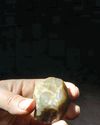
Pecos Valley Diamonds
New Mexico's Ancient Attraction

12 Tips for Rockhounding Tucson's Greatest Shows
Tucson in February becomes the international hub for buying and selling colored gems, rocks, minerals and fossils.

Turquoise in the American Southwest
A Water & Sky Souvenir
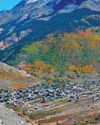
Touring Colorado's MINERAL BELT
It's a Showcase of Mining History & Minerals
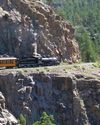
Geology &Colorado's Taurish Traiks
Most of Colorado’s tourist trains today were originally constructed in the late 1800s to serve the state’s lucrative mining operations.